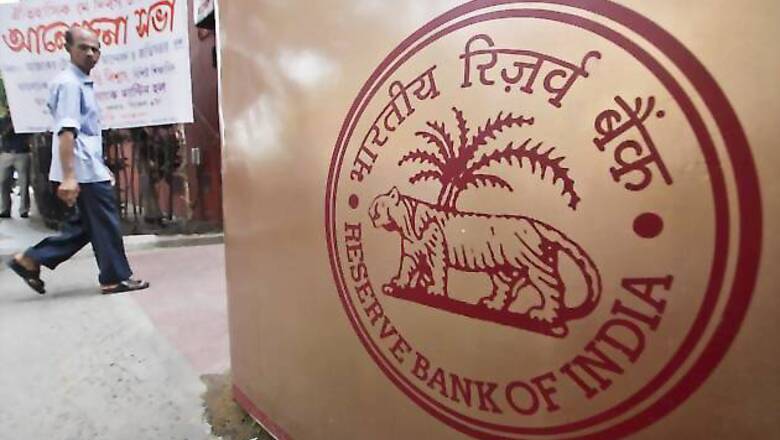
views
Mumbai: Painting a gloomy picture of the economy, the Reserve Bank of India on Monday indicated that it may not be possible to cut policy rates to boost growth in view of high inflation which could be aggravated by deficiency in monsoon.
The RBI in its macroeconomic review, released on the eve of the quarterly monetary policy, asked the government to provide investment stimulus and take aggressive measures to contain fiscal deficit to support recovery in a non-inflationary manner.
It further said growth in the current fiscal is likely to be below the reduced potential of 7.5 per cent because of "global headwinds, inflation and policy uncertainty".
Meanwhile, professional forecasters sponsored by RBI have lowered the growth projections for 2012-13 to 6.5 per cent from 7.2 per cent earlier.
"Monetary policy space needs to be created through fiscal adjustment and structural measures to improve supply conditions..." RBI said.
With regard to rate of price rise, RBI said the near-term outlook on inflation is marked by a slew of upside risks despite significant slowdown in growth. The suppressed inflation, poor supply responses and a weaker monsoon are risks to price-situation, it said.
"Persistence of inflation, even as growth is slowing has emerged as major challenge for monetary policy," it added.
For the month of June, the headline or WPI inflation stood at 7.25 per cent while the consumer price index was at double-digit level of 10.02 per cent.
RBI noted that monetary and liquidity conditions have eased and are not significantly impinging on growth.
"A negative relationship between real output growth and real interest rates does exist, and as such real interest rate matters for growth and investment." it said.
In spite of the rate hikes, real interest rates are lower than in the pre-crisis period, it said.
"In this context, there is a need to look at non-monetary factors that are constraining growth as current monetary and liquidity conditions are not impinging upon growth significantly," it added.
"A 0.50 per cent repo rate cut, following a 1.25 per cent CRR (Cash Reserve Ratio) reduction, coupled with active open market operation purchases have significantly eased monetary and liquidity conditions during 2012-13 so far," it said.
Making a case for investment stimulus, the RBI said, corporate sales decelerated along with continued decline in profits and could adversely impact investments ahead.
"In this situation, crowding-in of private investment demand by public investment spending stimulus while aggressively cutting expenditure on subsidies hold the key to growth revival," it said.
Despite widespread demand for cut in interest rate, RBI in its last review in April had refrained from easing policy rates.
The pro-growth lobby, which was alarmed over quarterly growth slipping to a nine-year low of 5.3 per cent for the March quarter, wanted the RBI to slash interest rates to prop up growth.
On monsoon movement, RBI said deficiencies can have an adverse impact on food inflation.
Until July 27, the monsoon was deficient by 21 per cent compared with the long period average.
This is likely to impact kharif crops, especially coarse cereals and pulses, RBI said.
"Risks to inflation remain from unsatisfactory monsoon and increases in MSP (Minimum Support Price) even as growth slowdown eases demand pressures," it said.
While core inflationary pressures are currently muted, it said, "a continued rise in real wages may spill over to core inflation," it said.












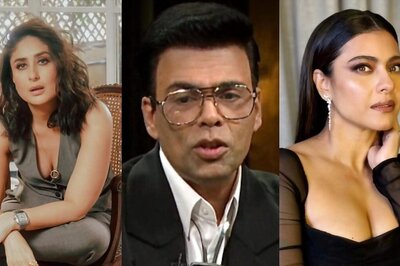
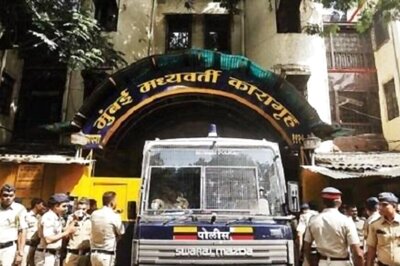
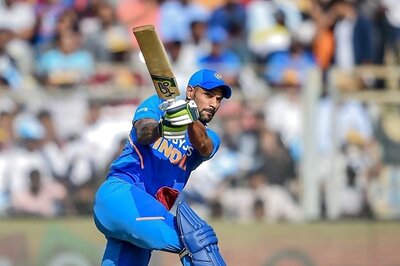
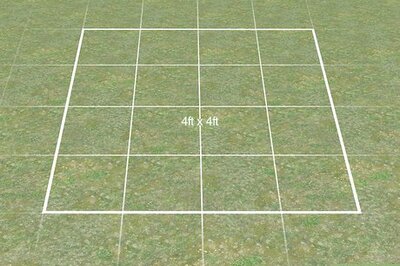
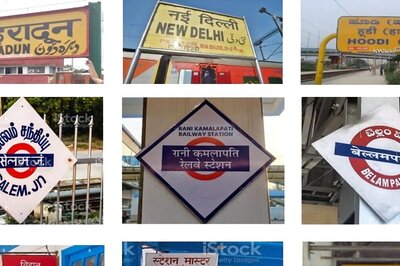
Comments
0 comment